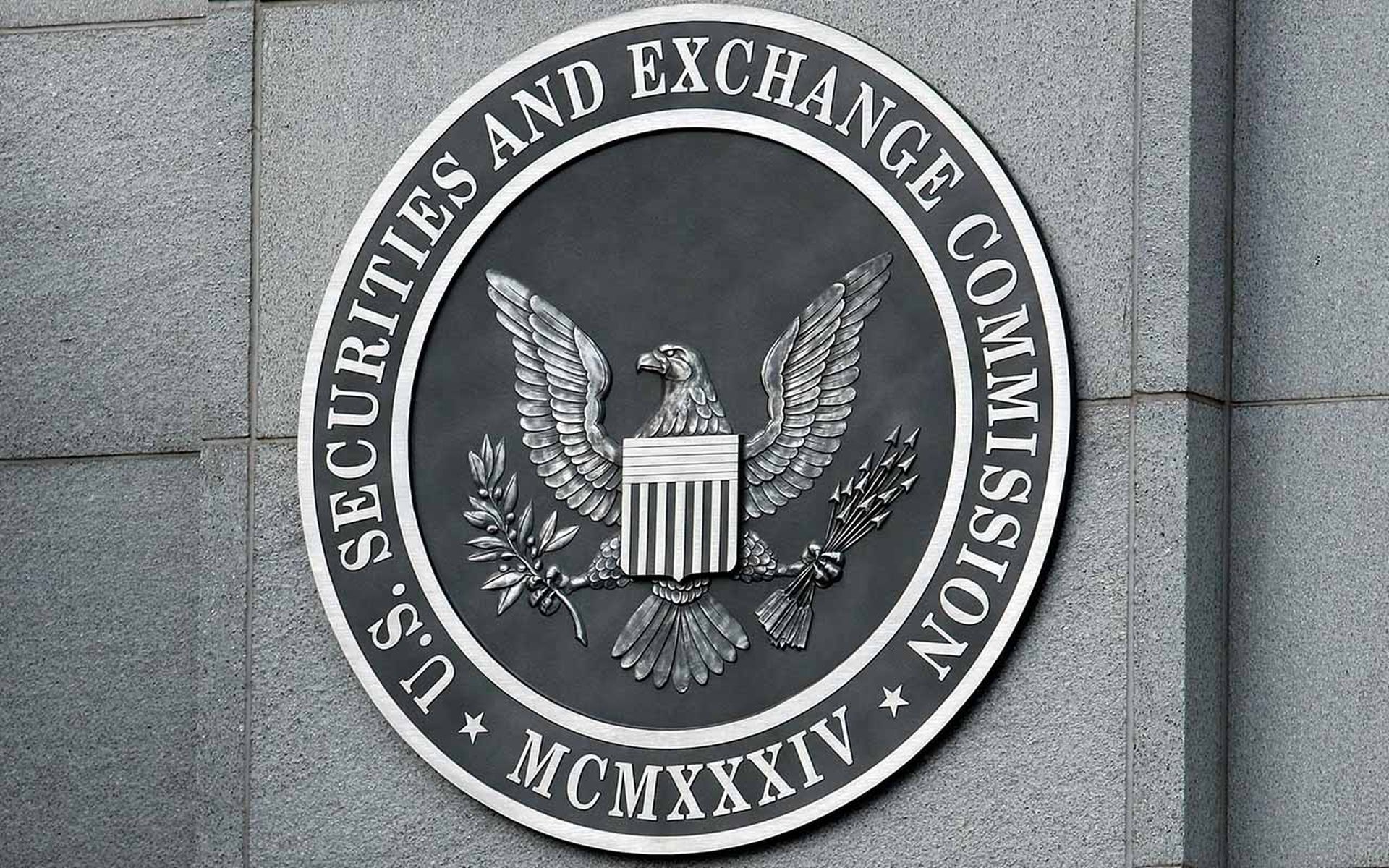Recently, the French Data Protection Authority (“CNIL”) published its initial assessment of the compatibility of blockchain technology with the EU General Data Protection Regulation (GDPR) and proposed concrete solutions for organizations wishing to use blockchain technology when implementing data processing activities.
What is a Blockchain?: A blockchain is a database in which data is stored and distributed over a high number of computers and all entries into that database (called “transactions”) are visible by all the users of the blockchain. It is a technology that can be used to process personal data and is not a processing activity in itself.
Scope of the CNIL’s Assessment
The CNIL made it clear that its assessment does not apply to (1) distributed ledger technology (DLT) solutions and (2) private blockchains.
- DLT solutions are not blockchains and are too recent and rare to allow the CNIL to carry out a generic analysis.
- Private blockchains are defined by the CNIL as blockchains under the control of a party that has sole control over who can join the network and who can participate in the consensus process of the blockchain (i.e., the process for determining which blocks get added to the chain and what the current state is). These private blockchains are simply classic distributed databases. They do not raise specific GDPR compliance issues, unlike public blockchains (i.e., blockchains that anyone in the world can read or send transactions to, and expect to see included if valid, and anyone in the world can participate in the consensus process) and consortium blockchains (i.e., blockchains subject to rules that define who can participate in the consensus process or even conduct transactions).
In its assessment, the CNIL first examined the role of the actors in a blockchain network as a data controller or data processor. The CNIL then issued recommendations to minimize privacy risks to individuals (data subjects) when their personal data is processed using blockchain technology. In addition, the CNIL examined solutions to enable data subjects to exercise their data protection rights. Lastly, the CNIL discussed the security requirements that apply to blockchain.
Role of Actors in a Blockchain Network
The CNIL made a distinction between the participants who have permission to write on the chain (called “participants”) and those who validate a transaction and create blocks by applying the blockchain’s rules so that the blocks are “accepted” by the community (called “miners”). According to the CNIL, the participants, who decide to submit data for validation by miners, act as data controllers when (1) the participant is an individual and the data processing is not purely personal but is linked to a professional or commercial activity; and (2) the participant is a legal personal and enters data into the blockchain.
If a group of participants decides to implement a processing activity on a blockchain for a common purpose, the participants should identify the data controller upstream, e.g., by (1) creating an entity and appointing that entity as the data controller, or (2) appointing the participant who takes the decisions for the group as the data controller. Otherwise, they could all be considered as joint data controllers.
According to the CNIL, data processors within the meaning of the GDPR may be (1) smart contract developers who process personal data on behalf of the participant – the data controller, or (2) miners who validate the recording of the personal data in the blockchain. The qualification of miners as data processors may raise practical difficulties in the context of public blockchains, since that qualification requires miners to execute with the data controller a contract that contains all the elements provided for in Article 28 of the GDPR. The CNIL announced that it was currently conducting an in-depth reflection on this issue. In the meantime, the CNIL encouraged actors to use innovative solutions enabling them to ensure compliance with the obligations imposed on the data processor by the GDPR.
How to Minimize Risks To Data Subjects
- Assessing the appropriateness of using blockchain
As part of the Privacy by Design requirements under the GDPR, data controllers must consider in advance whether blockchain technology is appropriate to implement their data processing activities. Blockchain technology is not necessarily the most appropriate technology for all processing of personal data, and may cause difficulties for the data controller to ensure compliance with the GDPR, and in particular, its cross-border data transfer restrictions. In the CNIL’s view, if the blockchain’s properties are not necessary to achieve the purpose of the processing, data controllers should give priority to other solutions that allow full compliance with the GDPR.
If it is appropriate to use blockchain technology, data controllers should use a consortium blockchain that ensures better control of the governance of personal data, in particular with respect to data transfers outside of the EU. According to the CNIL, the existing data transfer mechanisms (such as Binding Corporate Rules or Standard Contractual Clauses) are fully applicable to consortium blockchains and may be implemented easily in that context, while it is more difficult to use these data transfer mechanisms in a public blockchain.
- Choosing the right format under which the data will be recorded
As part of the data minimization requirement under the GDPR, data controllers must ensure that the data is adequate, relevant and limited to what is necessary in relation to the purposes for which the data is processed.
In this respect, the CNIL recalled that the blockchain may contain two main categories of personal data, namely (1) the credentials of participants and miners and (2) additional data entered into a transaction (e.g., diploma, ownership title, etc.) that may relate to individuals other than the participants and miners.
The CNIL noted that it was not possible to further minimize the credentials of participants and miners since such credentials are essential to the proper functioning of the blockchain. According to the CNIL, the retention period of this data must necessarily correspond to the lifetime of the blockchain.
With respect to additional data, the CNIL recommended using solutions in which (1) data in cleartext form is stored outside of the blockchain and (2) only information proving the existence of the data is stored on the blockchain (i.e., cryptographic commitment, fingerprint of the data obtained by using a keyed hash function, etc.).
In situations in which none of these solutions can be implemented, and when this is justified by the purpose of the processing and the data protection impact assessment revealed that residual risks are acceptable, the data could be stored either with a non-keyed hash function or, in the absence of alternatives, “in the clear.”
How to Ensure that Data Subjects Can Effectively Exercise Their Data Protection Rights
According to the CNIL, the exercise of the right to information, the right of access and the right to data portability does not raise any particular difficulties in the context of blockchain technology (i.e., data controllers may provide notice of the data processing and may respond to data subjects’ requests of access to their personal data or data portability requests.)
However, the CNIL recognized that it is technically impossible for data controllers to meet data subjects’ requests for erasure of their personal data when the data is entered into the blockchain: once in the blockchain system, the data can no longer be rectified or erased.
In this respect, the CNIL pointed out that technical solutions exist to move towards compliance with the GDPR. This is the case if the data is stored on the blockchain using a cryptographic method (see above). In this case, the deletion of (1) the data stored outside of the blockchain and (2) the verification elements stored on the blockchain, would render the data almost inaccessible.
With respect to the right to rectification of personal data, the CNIL recommended that the data controller enter the updated data into a new block since a subsequent transaction may cancel the first transaction, even if the first transaction will still appear in the chain. The same solutions as those applicable to requests for erasure could be applied to inaccurate data if that data must be erased.
Security Requirements
The CNIL considered that the security requirements under the GDPR remain fully applicable in the blockchain.
Next Steps
In the CNIL’s view, the challenges posed by blockchain technology call for a response at the European level. The CNIL announced that it will cooperate with other EU supervisory authorities to propose a robust and harmonized approach to blockchain technology.
Blog courtesy of Hunton Andrews Kurth, a U.S.-based law firm with a Global Privacy and Cybersecurity practice that’s known throughout the world for its deep experience, breadth of knowledge and outstanding client service. Read the company’s privacy blog here.




